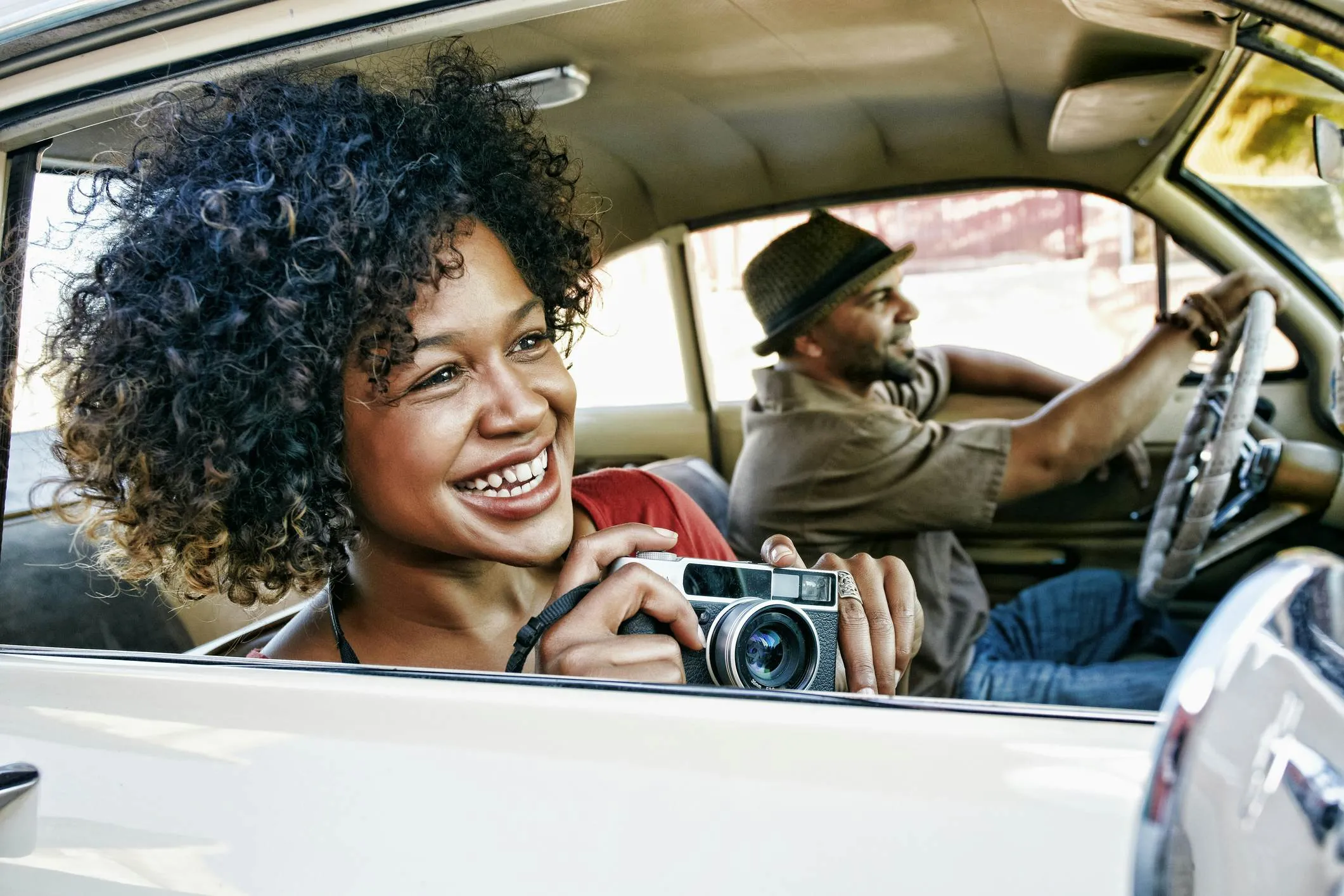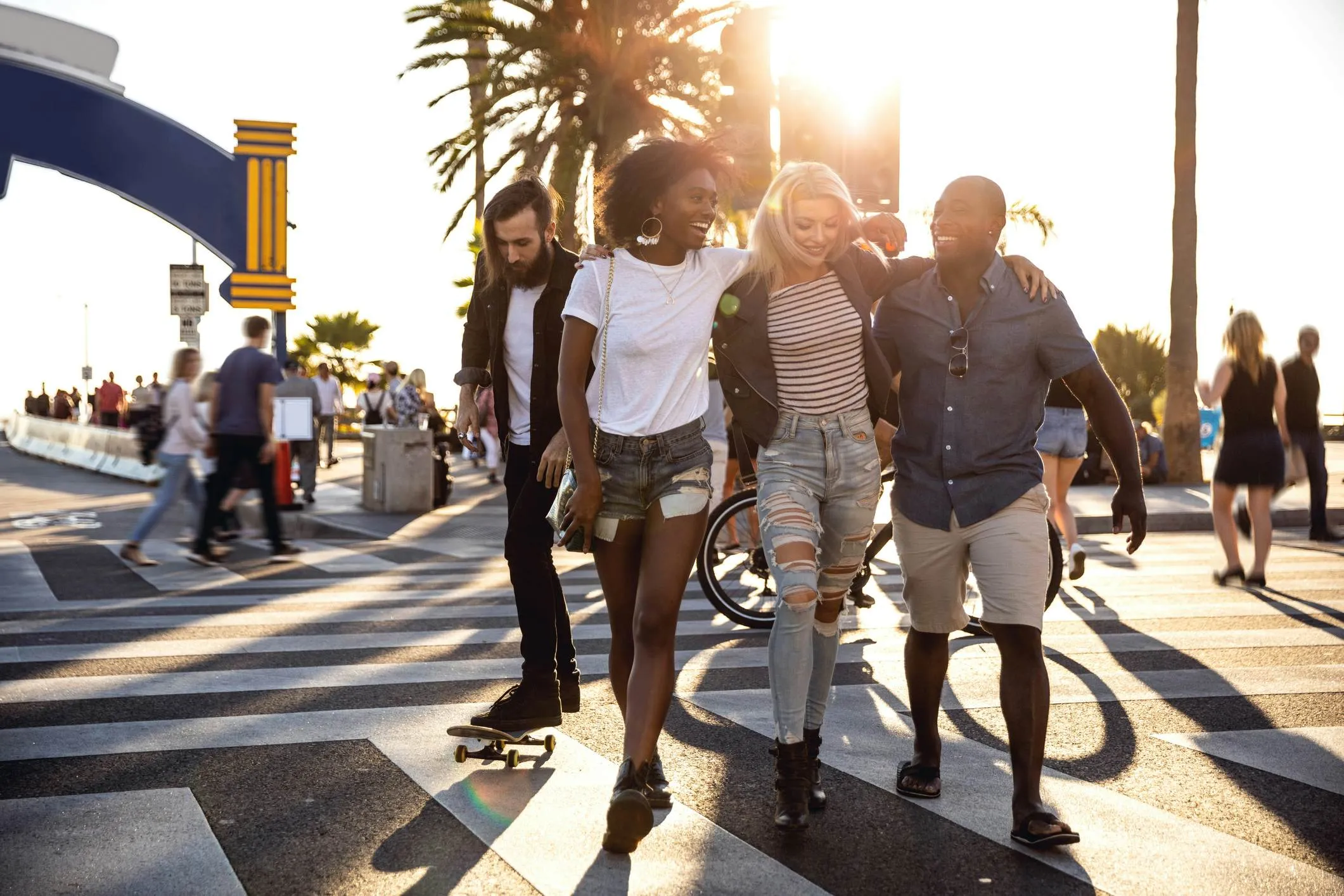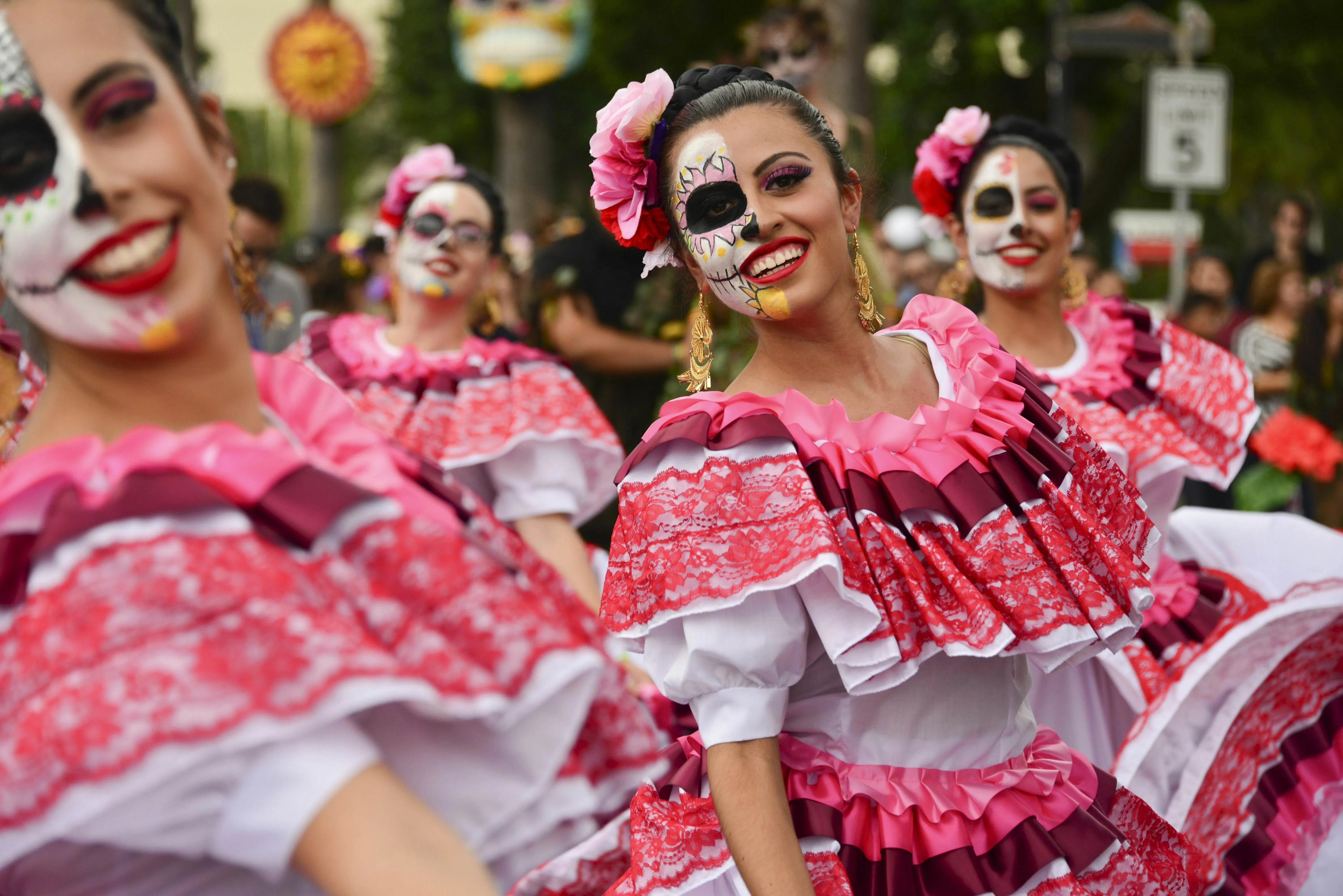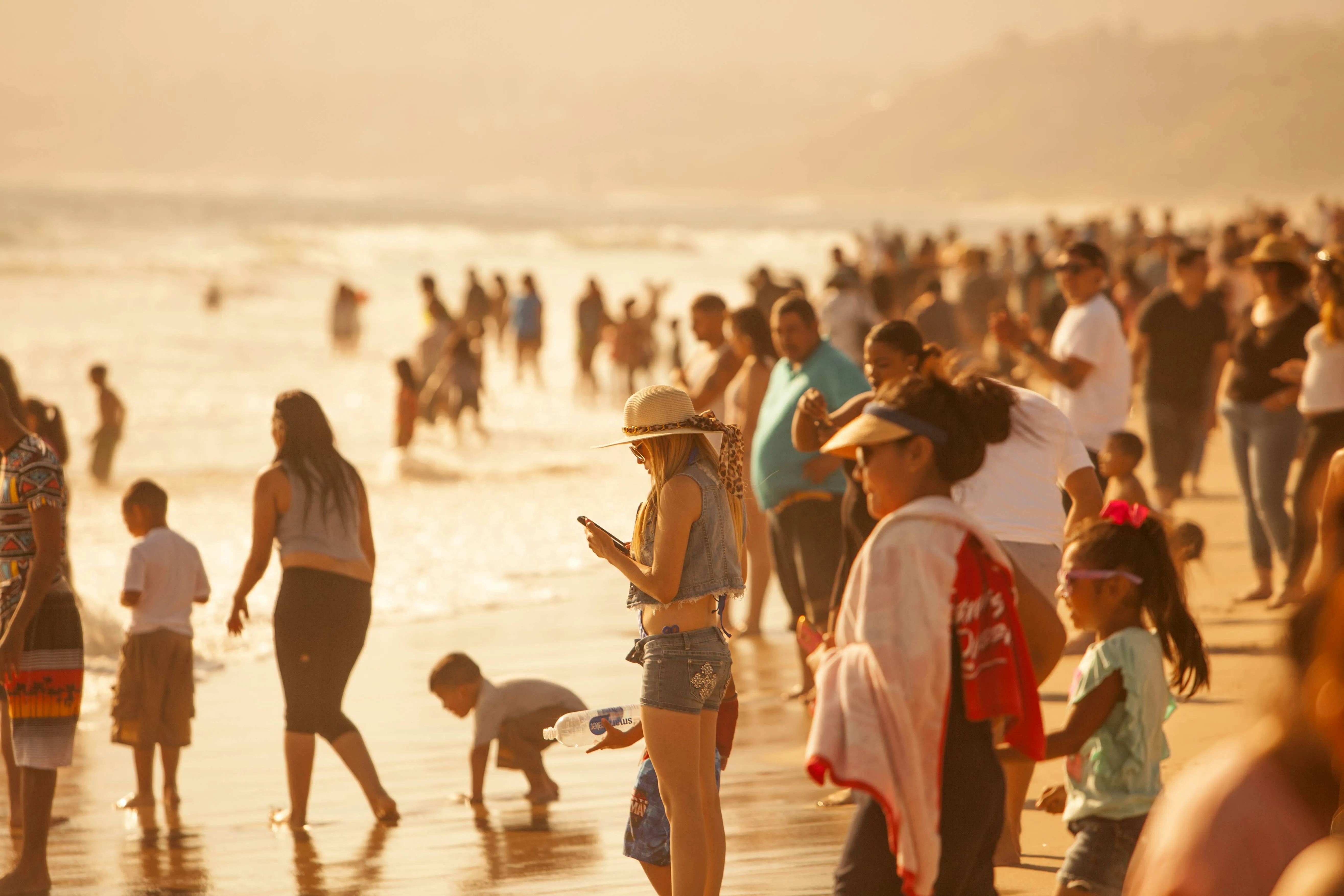Having traded the familiar shores of Sydney for the vibrant energy of Los Angeles over five years ago, I’ve navigated the unique rhythm of the City of Angels. It’s been a journey of discovery, from mastering the local coffee scene (yes, a biscuit isn’t a cookie here!) to understanding the city’s vast and varied landscape. Preparing for a trip to LA involves more than just packing a suitcase; it’s about readying yourself for an experience unlike any other.
Los Angeles, a sprawling metropolis in Southern California, offers an intoxicating mix of iconic landmarks, diverse cultures, and unexpected charm. Whether you’re drawn to the glitz of Hollywood, the relaxed vibe of its beaches, or the rich tapestry of its neighborhoods, getting the most out of your visit requires some foresight. This guide is designed to help you navigate the complexities of LA, offering insights into everything from getting around to understanding the local nuances, ensuring your adventure is smooth, safe, and unforgettable.
Planning Your Los Angeles Itinerary Wisely
One of the most significant revelations for first-time visitors to Los Angeles is the sheer scale of the city. Attractions that appear close on a map can be separated by considerable driving distances, exacerbated by notorious traffic. Trying to cram too many far-flung locations into a single day is a common pitfall that often leads to spending more time in your vehicle or navigating public transport than enjoying your destination.
Consider focusing your trip around specific areas each day. For instance, dedicating one day to Hollywood and West Hollywood, another to the coastal cities like Santa Monica and Venice, and perhaps a third to Downtown LA or the Getty Center. This approach minimizes travel time and allows for a more immersive experience in each locale. Familiarize yourself with the geography of Los Angeles and group nearby attractions together when planning.
Navigating Transportation in the City of Angels
Given its size, transportation is a critical aspect of preparing for traveling to Los Angeles. While options like rideshares (Uber, Lyft) are widely available and convenient, especially if you plan to enjoy LA’s vibrant nightlife, relying solely on them can become costly quickly. They are excellent for getting around specific neighborhoods or for shorter distances.
Los Angeles does have a public transportation system, primarily consisting of buses and a growing metro rail network. It’s not as comprehensive as in some other major global cities, and its effectiveness depends heavily on where you’re staying and where you want to go. Using public transport requires patience and planning, but it can be a cost-effective way to reach certain destinations, like getting from Downtown LA to Hollywood or to parts of Santa Monica. Research routes relevant to your planned activities.
 A man and woman with a camera in a car in Los Angeles
A man and woman with a camera in a car in Los Angeles
For maximum flexibility, especially if you plan to visit multiple areas spread across the county (like Disneyland in Anaheim or Six Flags Magic Mountain), renting a car might seem necessary. However, this brings you face-to-face with LA’s infamous traffic jams. Aim to avoid traveling during peak commuter hours, typically weekday mornings (roughly 7-10 am) and afternoons (roughly 4-7 pm). Factor in extra travel time regardless of the hour.
Packing Smartly for LA’s Diverse Climate
Preparing your wardrobe for traveling to Los Angeles involves understanding that it’s not perpetually sunny and warm everywhere, all the time. While Southern California boasts a generally pleasant climate, temperatures can vary significantly depending on your location (coast vs. inland) and the time of day or year. Layers are your best friend when packing for LA.
Even in summer, coastal areas like Santa Monica and Malibu can experience the phenomenon known as “June Gloom” or “May Gray,” where overcast skies persist through the morning before potentially clearing up in the afternoon. Nights can get surprisingly cool, even during the warmer months, especially by the ocean or after the sun sets. Bringing a light jacket, cardigan, or sweater is essential, regardless of when you visit.
Winter in LA is mild compared to many other parts of the United States, but it does exist. You’ll encounter cooler temperatures and a higher chance of rain between November and March. Pack a medium-weight coat or jacket, waterproof shoes, and an umbrella if traveling during this period. The key is versatility – be prepared for sunshine, cool evenings, and potentially some precipitation.
Navigating Los Angeles’s Vibrant Culinary Scene
Los Angeles is a global culinary hub, home to an astonishing array of restaurants, food trucks, and eateries representing cuisines from around the world. From Michelin-starred fine dining to hidden gems and world-famous street food, the options are truly endless. However, preparing for traveling to Los Angeles and dining well often requires planning ahead, especially for popular spots.
For many desirable restaurants, making a reservation is not just recommended but often essential, sometimes weeks in advance. Platforms like OpenTable and Resy are widely used here. While you can certainly find places that accept walk-ins, particularly for casual dining or during off-peak hours, securing a table at a highly-rated or trendy spot without a reservation is unlikely. Plan your dining experiences in advance to avoid disappointment.
Embracing the diversity of LA’s food scene is a must-do. Don’t be afraid to venture beyond the typical tourist areas to explore neighborhoods like Koreatown, Little Tokyo, or the San Gabriel Valley for authentic and incredible culinary experiences. Food trucks are also a vital part of the LA food landscape, offering everything from classic tacos to innovative fusion dishes.
Dressing Down to Fit In
Despite its image as the land of Hollywood glamour and high fashion, the prevailing style in Los Angeles is surprisingly casual and laid-back. Preparing your wardrobe for traveling to Los Angeles should reflect this relaxed vibe. Think comfortable but stylish; a mix of casual, trendy pieces works well.
For everyday sightseeing, exploring neighborhoods, or hitting the beach, sneakers or comfortable walking shoes are far more practical than heels. Locals often prioritize comfort, especially given the amount of walking or driving involved in getting around. Jeans, t-shirts, comfortable dresses, and light layers are standard.
However, there are occasions where dressing up is appropriate. If you plan to dine at an upscale restaurant, attend a theater performance, or visit certain exclusive venues, slightly more formal attire (but still often within a relaxed ‘California chic’ framework) would be suitable. Check the dress code of specific establishments if in doubt, but for the most part, comfort and casual style will serve you well.
 A group of friends laughing as they walk along a street in Santa Monica
A group of friends laughing as they walk along a street in Santa Monica
Understanding Smoking Regulations
When preparing for traveling to Los Angeles, it’s important to be aware of local laws, including those around smoking. While cigarettes, e-cigarettes, vapes, and cannabis are legal for adults (with specific age restrictions), there are strict rules about where you can use them in public spaces.
Smoking is generally prohibited in almost all enclosed public places, including restaurants, bars, offices, and shared indoor spaces. It’s also often restricted in outdoor areas like parks, beaches, and even some sidewalks or public plazas, especially near building entrances. Regulations can vary by county or city within the greater LA area, so it’s wise to check local rules if you’re unsure. Always look for “No Smoking” signs.
A critical legal point to note is the strict prohibition against driving under the influence of marijuana. This is treated similarly to alcohol DUI and carries significant penalties, including hefty fines, potential jail time, license suspension, and for tourists, potential deportation. If you choose to consume cannabis, do so responsibly and never operate a vehicle afterward.
Being Prepared for High Levels of Homelessness
Los Angeles, unfortunately, faces a significant challenge with homelessness. Seeing large numbers of people living on the streets or in encampments is a common reality in many parts of the city, including some areas popular with tourists. This can be confronting and difficult to witness, particularly for families traveling with children.
It’s helpful to educate yourself and your travel companions about the complexities of this issue before arriving. While encountering homelessness is part of the urban landscape in LA, it doesn’t mean you should avoid visiting certain areas entirely. Most interactions are non-confrontational.
When you encounter individuals experiencing homelessness, approach with compassion and respect their personal space. Avoid engaging in confrontational situations. For safety, especially at night in certain districts, it’s often recommended to travel in a group or be mindful of your surroundings. Being aware is key to staying safe while maintaining empathy.
Embracing Los Angeles’s Rich Cultural Diversity
One of the most enriching aspects of traveling to Los Angeles is experiencing its incredible cultural melting pot. California is one of the most diverse states in the United States, and LA is a microcosm of this diversity, with large Hispanic/Latino, Asian, and other ethnic communities influencing every facet of city life, from food and music to art and traditions.
The Ultimate Guide to What to Eat in Austin Texas
Your Guide to the Michigan Map with Cities – Unlocking the Great Lakes State
Ultimate Guide to Weekend Trips From Las Vegas
Preparing for traveling to Los Angeles means coming with an open mind and a willingness to explore different cultures. You’ll find vibrant cultural festivals, authentic ethnic enclaves, museums dedicated to specific cultures, and a food scene that reflects this global influence. Embrace the opportunity to try new cuisines, attend a cultural event, or simply wander through neighborhoods like Boyle Heights, Koreatown, or Little Ethiopia.
Be curious, but always approach cultural interactions with respect and sensitivity. Avoid making assumptions about people based on their background. Engaging with locals and being open to new experiences will significantly enhance your understanding and appreciation of what makes Los Angeles truly unique.
 Hispanic and Latin American women celebrate Day of the Dead in a parade at Hollywood Forever Cemetery
Hispanic and Latin American women celebrate Day of the Dead in a parade at Hollywood Forever Cemetery
Securing Comprehensive Travel Insurance
One of the most critical steps when preparing for traveling to Los Angeles, or anywhere in the United States, is purchasing robust travel insurance, especially with excellent medical coverage. The US does not have a universal healthcare system, and medical costs for tourists without insurance can be astronomical.
Even a minor consultation or emergency room visit can result in a bill of thousands of dollars. Travel insurance with sufficient medical coverage provides a crucial safety net in case of unexpected illness or injury during your trip. It’s not a place to cut costs; the potential financial consequences of needing medical treatment without insurance are severe. Ensure your policy covers emergency medical treatment, hospitalization, and medical evacuation.
Considerations About Tap Water
The safety of drinking tap water in Los Angeles is a topic often debated among residents. While the tap water meets federal safety standards set by the Environmental Protection Agency (EPA) regarding contaminants, some people prefer not to drink it due to taste, odor, or the presence of trace levels of certain chemicals that are within legal limits but still detectable (like chlorine, disinfection byproducts, or sometimes lead from old pipes in buildings).
When preparing for traveling to Los Angeles, know that the tap water is generally considered potable. However, if you are sensitive to taste or prefer to err on the side of caution, you might choose to drink filtered water or bottled water. Bringing a reusable water bottle with a built-in filter is an environmentally friendlier option than constantly buying plastic bottles. Access to drinking fountains can be limited, so having your own water supply is always a good idea, especially given the warm climate.
 Crowds gathered to sunbathe and swim at the Santa Monica State Beach
Crowds gathered to sunbathe and swim at the Santa Monica State Beach
Preparing for Potential Natural Events
While not daily occurrences, preparing for traveling to Los Angeles also means being aware of the possibility of natural events like earthquakes, wildfires, and extreme heat. The city is located in a seismically active region, experiencing minor tremors relatively frequently, though major earthquakes are less common.
Familiarize yourself with basic earthquake safety: “Drop, Cover, and Hold On.” If an earthquake occurs while you’re indoors, drop to the ground, cover your head and neck (and torso if possible) by getting under a sturdy piece of furniture like a table or desk, and hold on until the shaking stops. Avoid doorways, which are not the safest spots.
Wildfires can be a concern, particularly during the drier, warmer months, often exacerbated by wind. While you’re unlikely to be directly in the path of a fire in the urban core, smoke and poor air quality can travel long distances. Stay informed by monitoring local news and official alerts, especially if you have respiratory sensitivities.
More frequently encountered is extreme heat, especially inland during the summer months. Temperatures can soar significantly. If you plan outdoor activities like hiking or exploring, do so in the early morning or late afternoon, stay well-hydrated, use high-factor sunscreen, and wear hats and light clothing. Recognize the signs of heat exhaustion or heatstroke.
Staying informed is easy as Los Angeles County and Los Angeles City authorities offer mass emergency notification systems via phone and text. Opting into these services upon arrival is a simple yet effective way to receive timely alerts about any significant events.
Staying Connected in LA
In today’s connected world, preparing for traveling to Los Angeles often includes ensuring you have reliable mobile service and internet access. Most major US carriers operate in the area, providing good coverage in urban and suburban areas, though signal strength can vary in more remote spots like canyon hiking trails.
Consider purchasing a local SIM card or activating an eSIM plan if your phone supports it. This can be more cost-effective than international roaming from your home provider. Wi-Fi is widely available in hotels, cafes, restaurants, and public libraries, but relying solely on free public Wi-Fi might not be secure for sensitive activities. Having a data plan allows you to use navigation apps, access information on the go, and stay in touch effortlessly.
Budgeting for Your LA Trip
Los Angeles can be an expensive city to visit, and proper budgeting is a key part of preparing for traveling to Los Angeles. Accommodation costs vary widely depending on the area and type of lodging, but expect to pay a premium, especially in popular or upscale neighborhoods. Dining out can also add up quickly, though the diverse food scene offers options across all price points, from affordable food trucks and casual eateries to high-end restaurants.
Transportation costs, whether for rental cars (plus parking!), rideshares, or public transport fares, should be factored in. Attractions range from free (like walking the Hollywood Walk of Fame or visiting certain beaches) to costly (theme parks, major museums with entry fees). Building a realistic budget based on your planned activities and spending habits is essential to avoid financial stress during your trip. Look for free or low-cost activities to balance out more expensive experiences.
FAQ: Preparing for Your Los Angeles Adventure
Do I need a car when traveling to Los Angeles?
While a car offers flexibility, it’s not always necessary and comes with traffic and parking challenges. For central areas like Hollywood, Santa Monica, or Downtown LA, rideshares and a combination of walking and limited public transport can suffice. If you plan to explore widespread attractions or areas outside the city center, a car might be beneficial, but be prepared for traffic.
What is the best time of year to visit Los Angeles?
Spring (April-May) and Fall (September-October) generally offer pleasant temperatures, less chance of rain, and fewer crowds than the peak summer months. Summer (June-August) is popular for beaches but can be very hot inland and experiences “June Gloom” on the coast. Winter (November-March) is cooler with potential rain but fewer tourists and sometimes clearer skies.
Is public transport in Los Angeles reliable?
Los Angeles has a growing public transport system of buses and metro lines. Its reliability varies by route and time of day. It can be a cost-effective option for specific corridors (e.g., Downtown to Hollywood), but it may not be the most convenient or quickest way to get everywhere compared to driving or rideshares, especially for complex routes or late at night.
How can I stay safe while visiting Los Angeles?
Like any major city, exercise standard safety precautions: be aware of your surroundings, especially at night; avoid displaying large amounts of cash or valuables; stick to well-lit and populated areas; and trust your intuition. Be mindful of the issue of homelessness with compassion but also maintain personal space. Utilize official emergency alert systems.
What should I pack for Los Angeles?
Pack layers! Essentials include comfortable walking shoes, a light jacket or sweater (even in summer), sunscreen, a hat, sunglasses, swimwear (if visiting beaches), and casual clothing. Bring slightly dressier attire only if you plan to visit upscale venues. A reusable water bottle is also highly recommended.
Preparing for traveling to Los Angeles by understanding its unique characteristics – from its vast geography and traffic to its diverse culture and climate – will significantly enhance your experience. By planning ahead, packing wisely, and being open-minded, you’re set for an incredible journey through this dynamic and captivating city.
